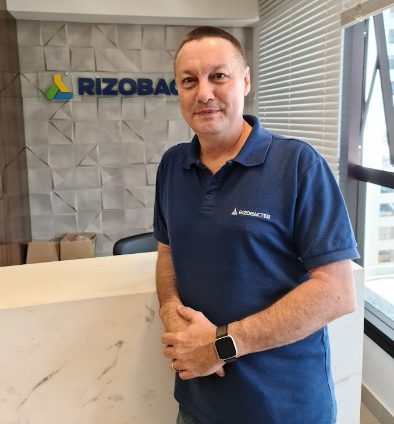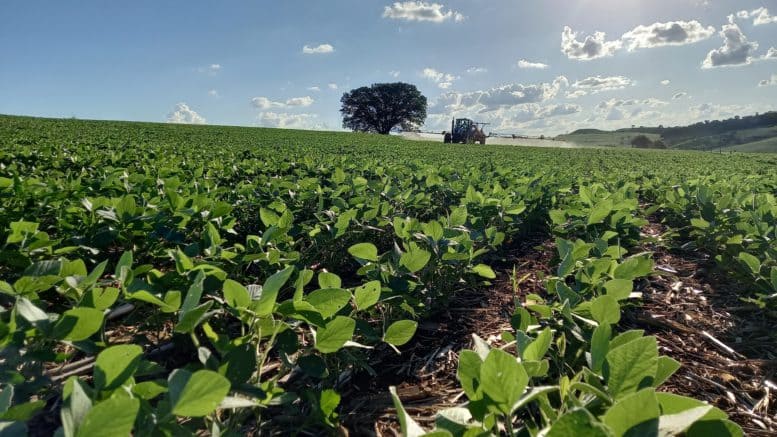“… 2020/21 market for inoculants in Brazil made around US$ 57 million …”
Nilton Elteto is the General Manager of Rizobacter in Brazil. He is a business administrator graduated from the Pontifícia Universidade Católica of São Paulo. Elteto has more than 20 years of experience in agribusiness, in executive roles in the financial area at Syngenta, Owens-Illinois and Brink’s.
Rizobacter has been present in Brazil since 1998, operating in the agricultural microbiology and application technology market. The company is part of the Bioceres Crop Solutions group – a global provider of solutions for agriculture, listed on the NASDAQ.

Nilton Elteto, General Manager at Rizobacter Brasil
AgriBrasilis – What are the types of inoculants and their benefits for agriculture?
Nilton Elteto – There are several types of inoculants for various vegetables in the market, which can be peat (solid) or liquid. The best known are based on bacteria of the genus Bradyrhizobium, as B. japonicum, B. elkani and B. diazoficiens, which are symbiotic with soybean, providing the nitrogen that the plant needs to grow.
Another type of inoculant is based on the Azospirillum brasilense, a type of associative bacteria that promotes the growth of several plants, mainly through the production of plant hormones and biological nitrogen fixation. The use of these two bacteria in soybeans is called co-inoculation. The use of phosphorus solubilizing inoculants based on different bacteria is growing in the market, which can improve the contribution of phosphorus to plant cultivation such as in soybean, corn and wheat.
AgriBrasilis – How much of the cultivated area in Brazil is treated with inoculants?
Nilton Elteto – In the 2020/21 harvest, the soybean area was 37,772 million hectares, 80% of which had the adoption of inoculants based on Bradyrhizobium sp, and around 26% of this area had the adoption of inoculants based on Azospirillum, with the co-inoculation of the two bacteria.
AgriBrasilis – How big is the inoculant’s market in Brazil?
Nilton Elteto – The 2020/21 market for inoculants in Brazil made around US$ 57 million, in 41,344 million hectares, adding the use of Bradyrhizobium and Azospirillum (co-inoculation).
AgriBrasilis – In Latin America, which countries have stood out in the use of inoculants?
Nilton Elteto – All Latin American countries use inoculants, but the highlights are Brazil and Argentina, with high adoptions, mainly in soybean.
AgriBrasilis – In the near future, what new products and technologies should the market expect from Rizobacter?
Nilton Elteto – Currently, we have an inoculant solution for Industrial Seed Treatment (TSI) with 60 days between treatment and planting. For the future, we hope to launch an inoculant with greater resistance and concentration for TSI, improving treatment logistics and increasing quality and safety for the industry.
For 2022, Rizobacter will launch an Azospirillum-based inoculant, with 10 days of anticipation of treatment until soy planting, Rizospirillum Pre-inoculation. The product also has plant growth promoting effects if used through foliar application. Another launch is a phosphorus solubilizer, based on Pseudomonas fluorescens, indicated for pasture recovery. We will also have technology that will help mitigate abiotic effects such as water stress.

